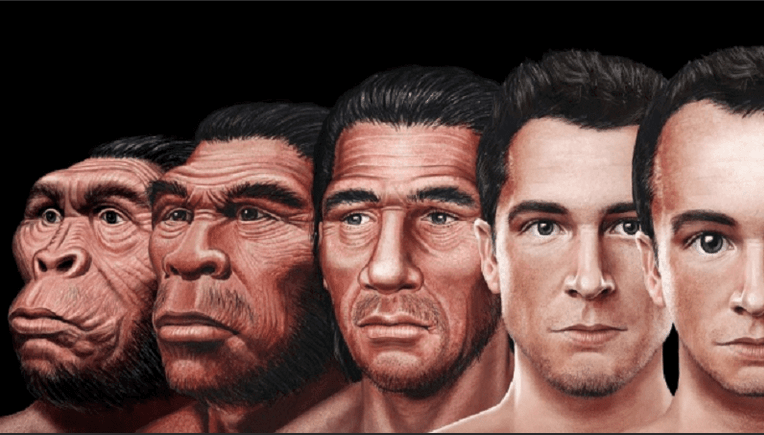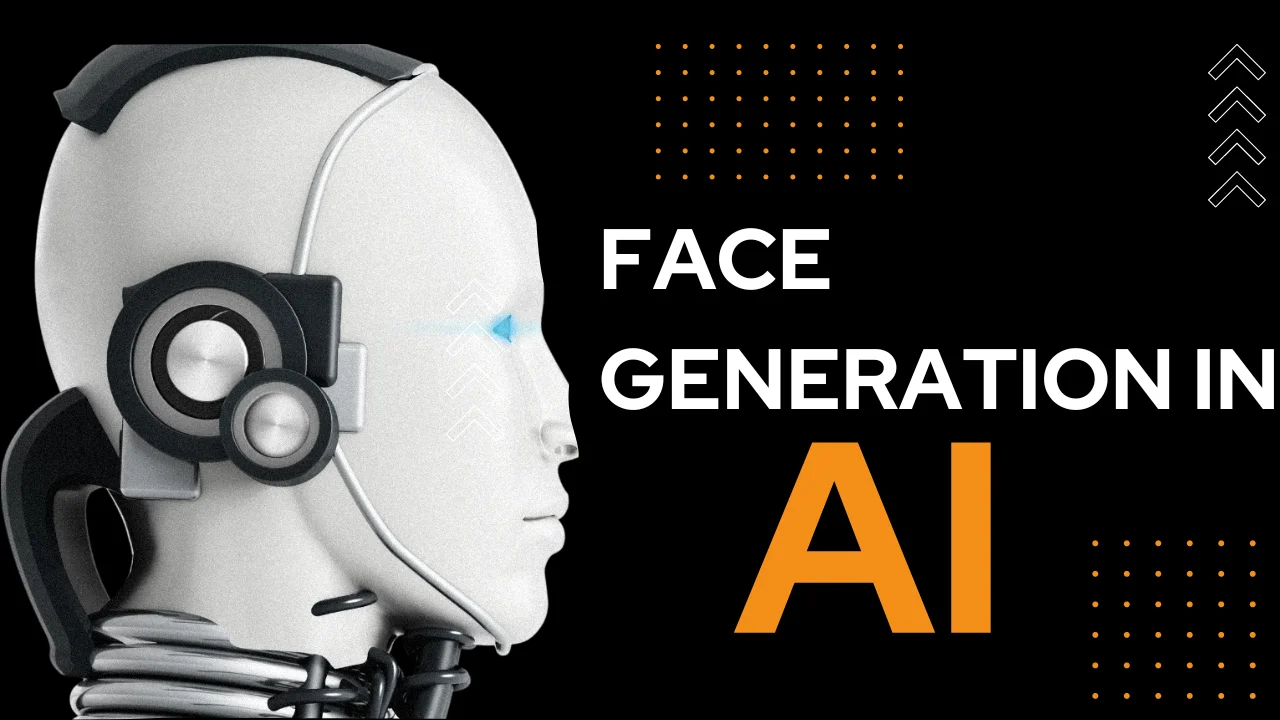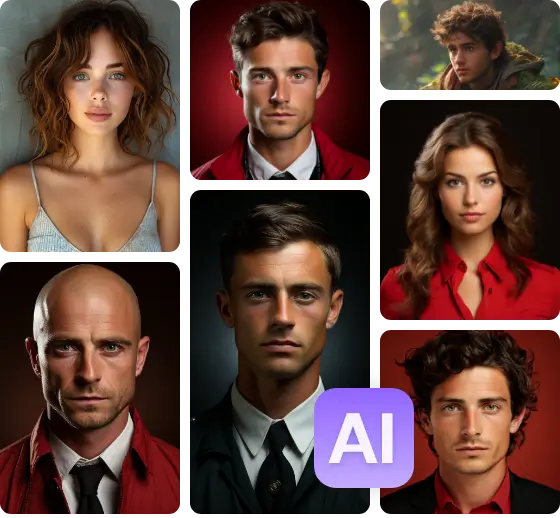Face generation is a technique of creating realistic and diverse photos of human faces from scratch or based on some input.
It has several applications in education, security, entertainment, and social media. However, it is also a big and challenging issue, as human faces have complex and refined variations in texture, shape, pose, lighting, and expression.

In this blog, we’ll review the deep evolution of face-generation techniques from the early- pixel-based methods to the recent ones in AI and generative adversarial networks also called GANs. We’ll explore some of the most important challenges and future directions of this incredible research field.
Pixel-Based Approaches
The earliest techniques for face generation relied on manipulating all the pixels directly, either by applying predefined rules or by learning from data.
For instance, one of the 1st attempts to generate faces was by Parke in the year 1972, who used parametric models to control the movement and shape of facial features.
Later Blanz and Vetter proposed a 3D morphable model that’d synthesize faces by interpolating among shape and texture parameters learned from a set of various scanned faces.

Another pixel-based method is to use statistical ways to learn the distribution of face pixels from a huge data record of facial images.
For example, Turk and Penland introduced the eigenfaces technique, which used principle complement analysis (PCA) to extract the most amazing features of facial photos and generate new faces by combining them with different weights.
Similarly, Lee et al used ICA (independent component analysis to learn a more sparse and independent representation of the facial photos.
Pixel-based approaches have various advantages of being simple and interpretable, but they also have a bunch of limitations.
- 1st, they often need a huge amount of data and computational resources to learn the parameters of face models.
- 2nd, they tend to produce unrealistic and blurry faces, as they can’t capture clear details and variations of natural facials.
- 3rd, they are highly sensitive to occlusion, noise, and misalignment as they assume that the face photos are well-aligned or cropped.
AI-Based Approaches
With the invention of AI or Artificial intelligence and machine learning, the face generation method has become a lot more powerful and super realistic. AI-based approaches use neural networks to learn the mapping among the input and output, without relying on explicit laws or models. Neural networks are composed of various layers of artificial neurons that can process and transform various and complex data such as texts, images, and sounds.

One of the most well-known and successful AI-powered-based approaches for face generation is GNAs (Generative Adversarial Networks), introduced by Goodfellow et al in 2014.
It contains 2 neural networks – a originator & a discriminator. The generators try to generate fake face images that look real while the discriminator tries to distinguish between fake and real faces. The 2 networks compete with each other and in the procedure, they enhance their performance and generate super real and absolute real faces.
GANs have largely been used and enhanced for face-generation procedures, and several variants and extensions have been proposed. For instance, karas Et al developed a PGGAN (Progressive Growing of GANs) technique, which increased the resolution and quality of the generated results by gradually adversarial layers to the generator and the discriminator.
Zhu et al developed a cycle-consistent adversarial network technique, which could generate faces in various domains, such as ages, genders, styles, and colors, by using a cycle consistency loss that makes sure the consistency among the input as well as the output.
Pumarola et al introduced a GANimation technique, which could generate faces with various expressions. By using an AU (Action Unit) representation that encoded the facial muscle movements.
AI-based approaches have various benefits of being data-driven and flexible, but they also have some limitations and big challenges.
- 1st, they often need huge data and computational resources to train the neural networks to process the whole thing and the training procedure can be difficult and unstable to control.
- 2nd, they tend to produce distortions and artifacts in the generated faces, such as blurriness, mode collapse, and inconsistency.
- 3rd, they’re often difficult to interpret and explain all, as they don’t provide any explicit, as they don’t provide any explicit info about the underlying factors as well as systems of face generation.
Benefits and Limitation
Face generation is an active and existing research space, with several challenges and applications. In this blog, we have discussed the evolution of face-generation techniques from pixel-based approaches to AI-based approaches.
We also discovered some of the most amazing benefits and limitations of every approach and some of the next important directions for this field.
Some of the possible and demanding future directions for face generation are –
- Improving the diversity, realism, and quality of the generated results, by using more data and information, novel methods, and better models.
- Enhancing the interpretability, controllability, and explainability of the face generation techniques by using more constraints, knowledge, and feedback.
- Exploring social, ethical, and legal implications of the face generation process, by considering the potential risks and advantages and regulations of this state-of-the-art tech.
Conclusion…
The evolution of incredible face generation, from the starting days of pixelated photos to the current advanced AI-based algorithms, has been a wonderful journey. The field has witnessed several advancements in technology, allowing the creation of realistic and lifelike faces.
However, with incredible power comes great responsibility and it’s vital to address the ethical challenges linked with face generation technology. As we move ahead, it is vital to strike a balance between innovation and ethical considerations to make sure that face generation is used responsibly and for the advantage of society.
Face generation is a fascinating and incredibly challenging problem, and we hope this blog has provided some deep insights and inspiration for readers who’re interested in this mesmerizing topic.
